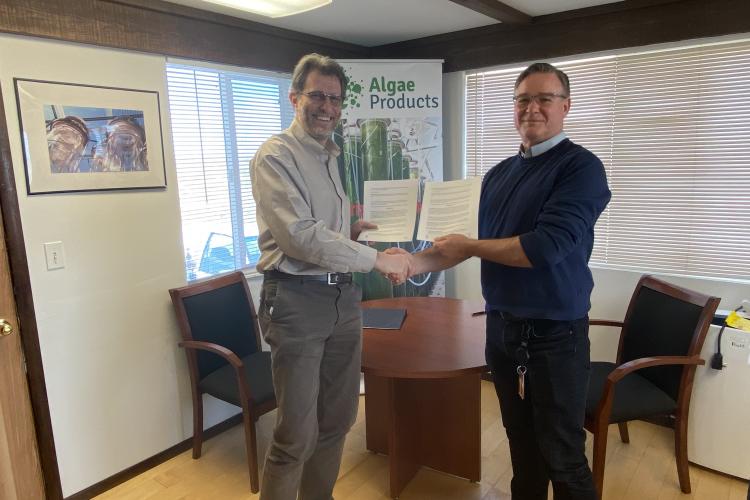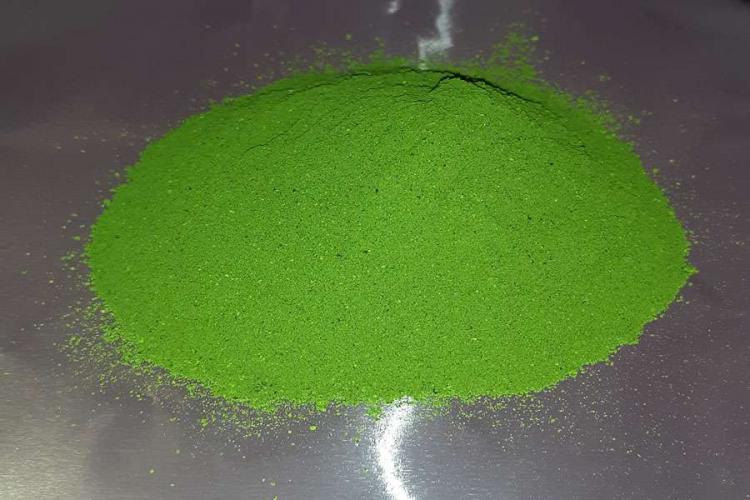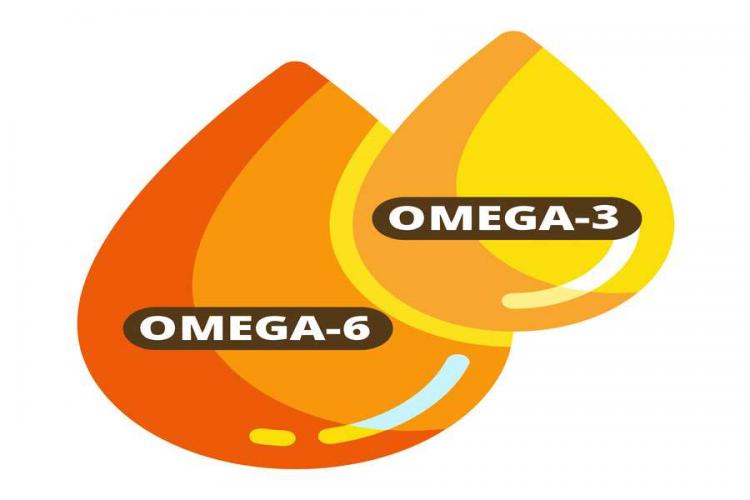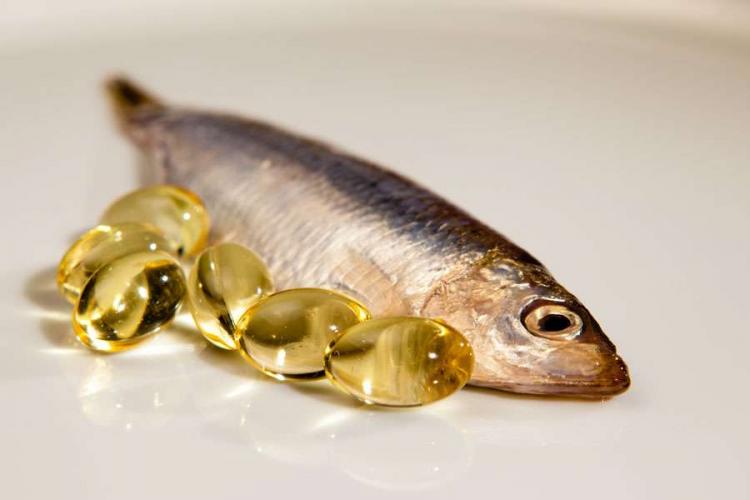Arizona Algae and Nooter/Eriksen Announce Partnership in Development and Commercialization of Extracted and Refined Algae Products
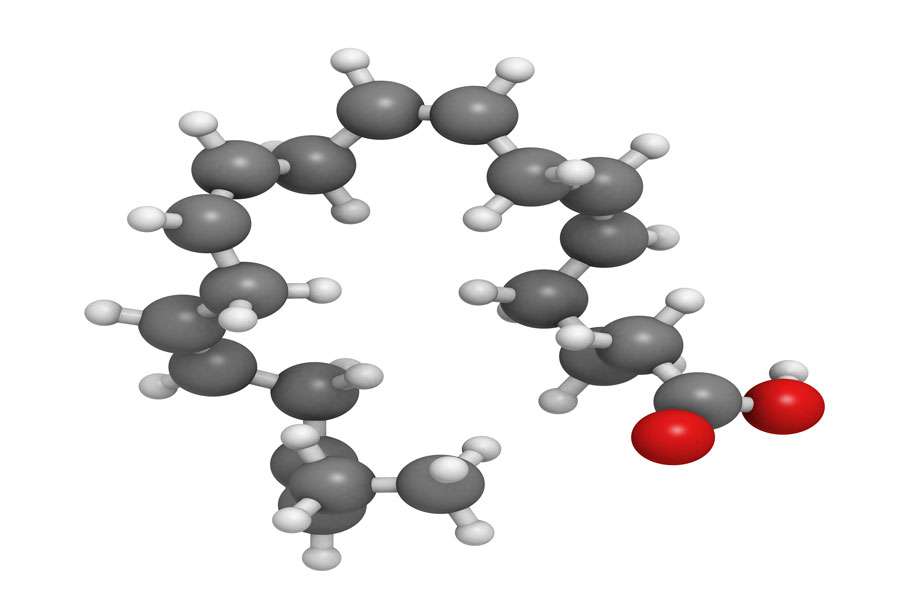
Eicosapentaenoic acid (or EPA) is a long-chain (LC) poly-unsaturated fatty acid (PUFA). Together with ALA and DHA it is one of the main omega-3 fatty acids.
The long-chain designation stems from the fact that EPA consists of a chain of 20 carbon atoms. Poly-unsaturated fatty acids are characterized by the fact that they have double (=unsaturated) bonds between carbon atoms in multiple ("poly" in Latin) locations in the fatty acid chain. EPA has five such double bonds.
The term "omega-3" refers to the location of the first double carbon bond in the fatty acid chain. Given the fact that omega is the last letter in the greek alphabet and the fact that the first double bond between carbon atoms in EPA is located 3 carbon atoms away from the tail (=omega) end of the chain, it is called an omega-3. Sometimes omega-3 is referred to as n-3 and since EPA has 20 carbon atoms, 5 double bonds and is an omega-3 fatty acid, its shorthand-code is C20:5n-3.
We are excited to announce that our company has recently broken ground on the construction of our new, state-of-the-art, 1.3 acre greenhouse. When completed by the end of this year, it will more than double our production capacity, thus enabling the volume production of the highest quality, sustainably produced, omega-3 oils and plant-based protein powders from photosynthetic microalgae for the dietary supplements and food ingredients markets.
A team of researchers from the Germans Trias i Pujol Hospital and Research Institute (IGTP) and the Hospital del Mar Medical Research Institute (IMIM) has shown that regularly consuming foods rich in omega-3 fatty acids, from both animal and vegetable origins, strengthens the heart's membranes and helps improve the prognosis in the event of a myocardial infarction.
Read the full article at medicalxpress.com
Gyoza / Jiaozi / Pot stickers
Dietary supplements are products intended to supplement one’s diet by providing one or more ingredients which might otherwise be lacking or limited in the foods we consume. A typical and widespread example is the enrichment of cow’s milk with vitamin D.
Dietary supplements are products intended to supplement one’s diet by providing one or more ingredients which might otherwise be lacking or limited in the foods we consume. A typical and widespread example is the enrichment of cow’s milk with vitamin D.
Bread with DEPRO50+
The two major classes of polyunsaturated fatty acids (PUFAs) are the omega-3 and omega-6 fatty acids. Like all fatty acids, PUFAs consist of long chains of carbon atoms with a carboxyl group at one end of the chain and a methyl group at the other. PUFAs are distinguished from saturated and monounsaturated fatty acids by the presence of two or more double bonds between carbons within the fatty acid chain.
The global omega-3s market grew 2.3% in 2018 from the previous year on a tonnage basis, according to a report released by GOED.
Read the full article at Nutraingredients.com.
Research indicates that EPA and DHA omega-3s may affect the brain’s corticolimbic circuit maturation.
Mood disorders, including major depressive disorder, bipolar disorder and anxiety disorders are among the most common psychiatric disorders and are a major cause of disability globally. [...]

